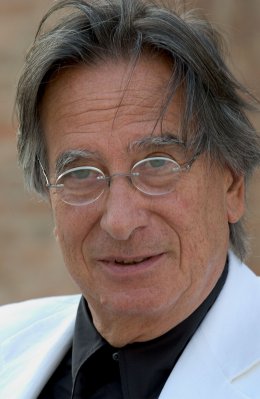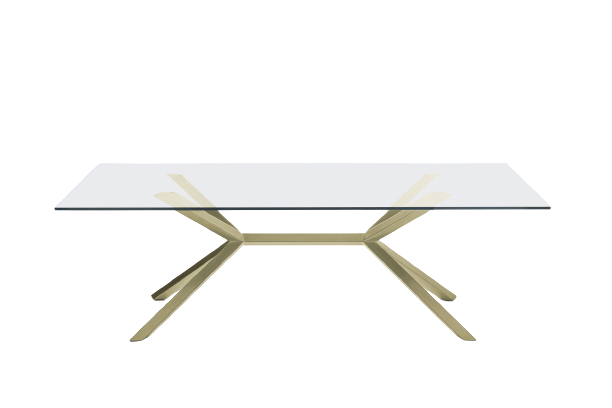Paolo Portoghesi
Architect, teacher and writer, Paolo Portoghesi is the combative advocate of a „rooted architecture“, which interprets tradition not just as a transfering of acquired habits, but as a stimulus to innovation in the continuity of certain premises that express the identity of human places and cultures.
Architect, teacher and writer, Paolo Portoghesi is the combative advocate of a „rooted architecture“, which interprets tradition not just as a transfering of acquired habits, but as a stimulus to innovation in the continuity of certain premises that express the identity of human places and cultures.
His best known project is the Mosque of Rome. Among his recent works: the churches of Santa Maria della Pace in Terni, Santi Cornelio e Cipriano in Calcata and San Francesco in Castellaneta, the Quartiere Latino of Treviso, the District Rinascimento I in Rome, the Great Mosque of Strasbourg, the Urban Park of Abano, the Cemetery of Cesena, the laboratories of the “ “Città della Speranza” in Padua.
In the field of design he has designed furniture and objects for Alessi, Arzberg, Atelier Sedap, Cemusa, Frigerio, Meccani, Mirabili, Cleto Munari, Poltronova, Ritzenhoff Cristal, Swid Powell and others.
He is professor emeritus at the University of Sapienza and he has received three honorary degrees. He was president of the Academy of S. Luca, it is the Accademico dei Lincei and a member of several international Academies.
His most important books are: Baroque Rome (1966, new expanded edition in 2011); F. Borromini (1967); After modern architecture (1980); Architecture and Nature (1995); The Hand of Palladio (2007).
Suggested readings
C. Norberg-Schulz, „Alla ricerca dell’architettura perduta“, Roma, 1975
A+U“, numero monografico, Tokyo, Maggio 1977
M. Pisani, Dialogo con Paolo Portoghesi, Roma, 1989
C. Di Stefano e D. Scatena, „Paolo Portoghesi designer“, Roma, 1999
a cura di M. Ercadi, „Paolo Portoghesi. Disegni 1949-2003“, Milano, 2003





